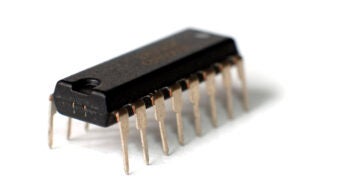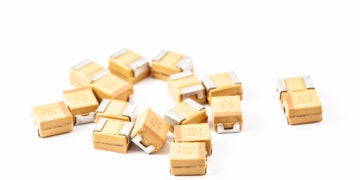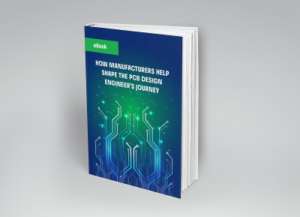
A verified HDMI reference design provides an efficient means of ensuring accuracy and compliance for this popular connection type
High-speed high-definition media interfaces (HDMIs) and cables form one of the most commonly used channels for transferring high-quality audio and video. These devices require precise PCB design methodologies to ensure signal integrity and electromagnetic compatibility (EMC). The most efficient and reliable means to ensure your design meets the required specifications for the most common implementations, which range from HDMI 2.0’s 18 Gbps to HDMI 2.1’s 48 Gbps data rates, is to employ an HDMI reference design. However, using these board designs effectively requires an understanding of the development process and following essential design guidelines.
HDMI Reference Design Development Process
| HDMI Reference Design Process | ||
| Step | HDMI Reference Design Activity | HDMI Reference Design Activity Execution |
| Step 1 | Requirements Definition and Component Selection |
• Define data rate targets (18Gbps, 48Gbps) • Select HDMI controllers and protection devices • Verify component compatibility and specifications |
| Step 2 | PCB Stackup Design and Material Selection |
• Design 6–8 layer stackup for signal integrity • Select low-loss dielectric materials (Df <0.004) • Plan layer assignments for optimal routing |
| Step 3 | Component Placement Optimization |
• Position connectors at board edges • Minimize trace lengths between critical components • Plan ESD device placement strategy |
| Step 4 | High-Speed Routing Implementation |
• Route differential pairs with matched impedance • Implement length matching within specifications • Apply EMI mitigation techniques |
| Step 5 | Power Delivery and Protection Integration |
• Design a robust PDN with proper decoupling • Implement ESD protection circuits • Validate power integrity through simulation |
HDMI Reference Design Considerations and Requirements
HDMI 2.1 technology delivers unprecedented bandwidth capabilities up to 48 Gbps while maintaining backward compatibility with earlier standards. Operating at 3.3V for logic levels and requiring precise 100Ω differential impedance control, HDMI designs demand meticulous attention to signal integrity throughout the development process. Specific requirements include the following:
Core HDMI Reference Design Requirements
Signal Integrity and Routing Guidelines
HDMI’s high-frequency differential signaling requires strict adherence to impedance matching and length control specifications. Research indicates that 90% of HDMI signal failures result from impedance mismatches, EMI interference, and layout errors. Differential pair routing must maintain 100Ω impedance with length matching within 5 mils for intra-pair traces and 10 mils between differential pairs.
Power Delivery Network Design
HDMI interfaces require stable power delivery across multiple voltage domains, including 3.3V for logic levels and 5V for connector power delivery. The power delivery network must maintain target impedance below 10mΩ from DC through 5 GHz to prevent power supply noise from degrading signal integrity.
ESD Protection and EMI Mitigation
HDMI interfaces require comprehensive ESD protection that meets IEC 61000-4-2 Level 4 standards (contact discharge 15kV, air discharge 30kV). Ultra-low capacitance ESD protection devices (<0.3pF per line) preserve signal integrity while providing robust protection.
How to Optimize Your HDMI Reference Design
Successful HDMI reference design implementation requires adherence to proven optimization strategies that ensure compliance with HDMI specifications while maintaining manufacturing reliability, as listed below.
HDMI Reference Design Optimization Guidelines
|
Successful HDMI reference design development demands systematic attention to signal integrity, power delivery, EMI protection, and component selection considerations. By following established design guidelines and utilizing manufacturer-verified CAD models, engineers can optimize HDMI reference designs to meet stringent performance specifications while maintaining cost-effectiveness and manufacturing reliability. The complexity of modern HDMI interfaces requires disciplined adherence to proven design methodologies, comprehensive validation testing, and thorough documentation to ensure consistent implementation across product development cycles.
If you’re looking for CAD models for common components or important information on how to best implement an HDMI reference design in your project, Ultra Librarian helps by compiling all your sourcing and CAD information in one place.
Working with Ultra Librarian sets up your team for success to ensure streamlined and error-free design, production, and sourcing. Register today for free.








